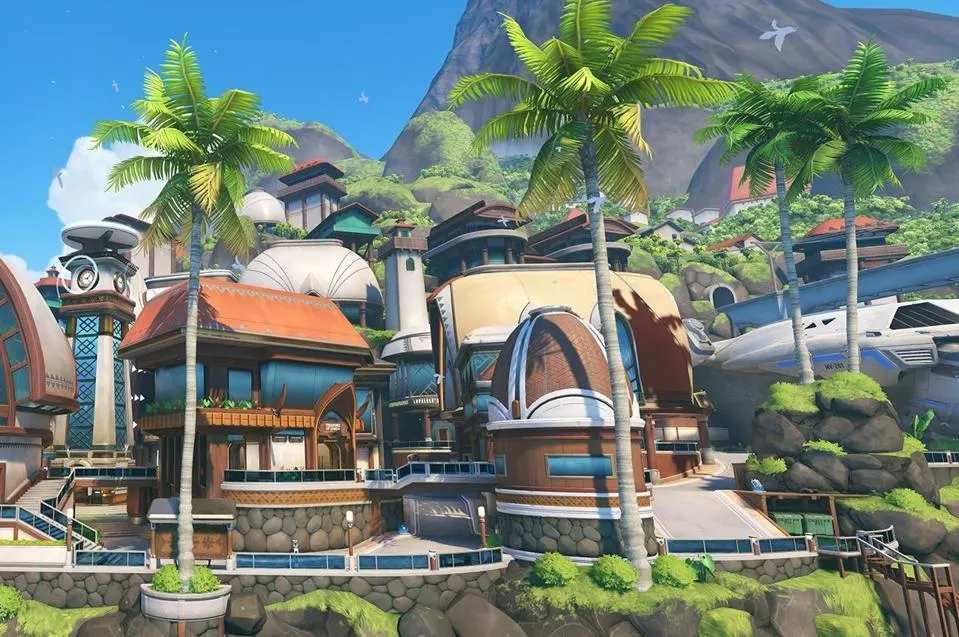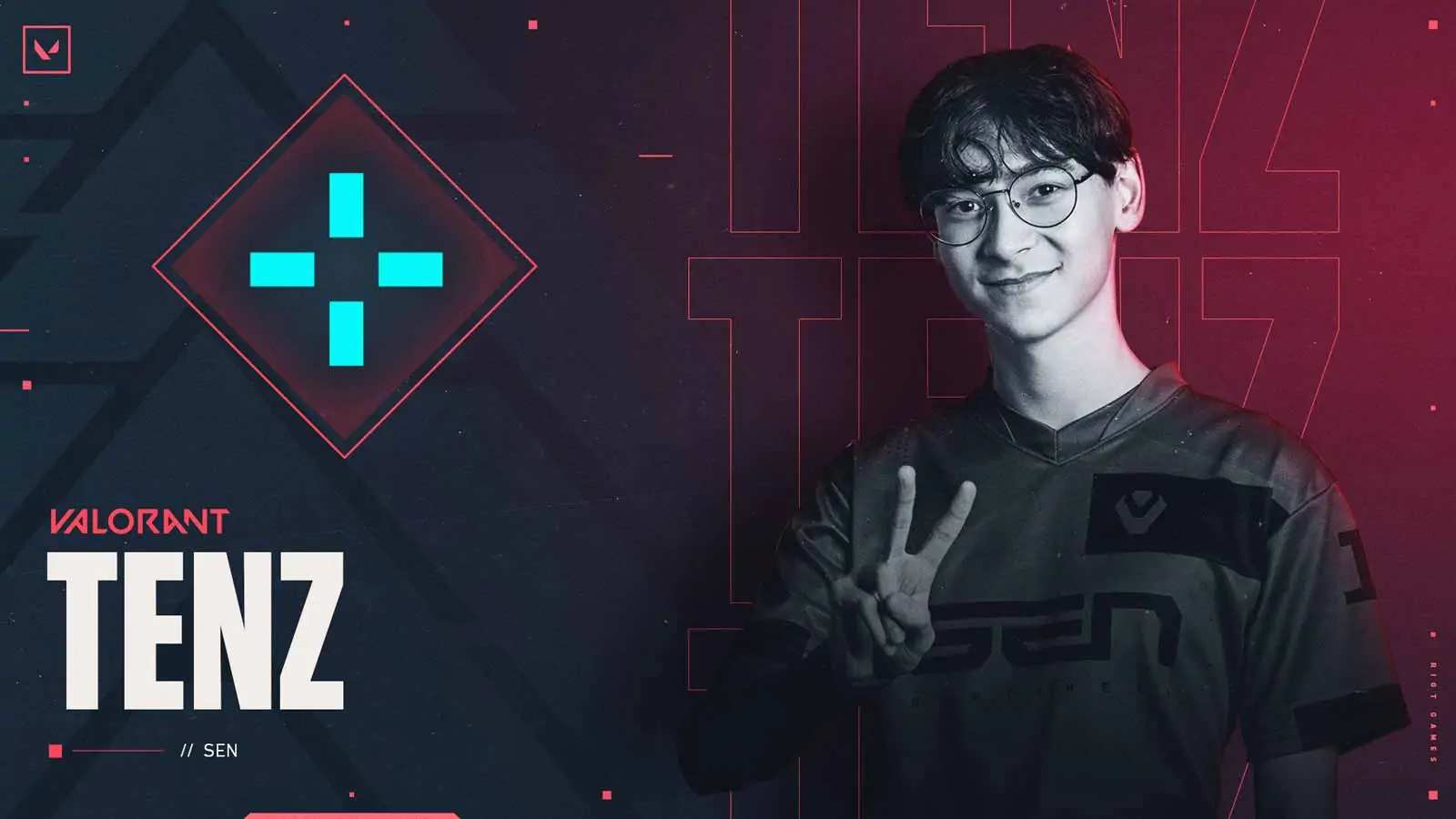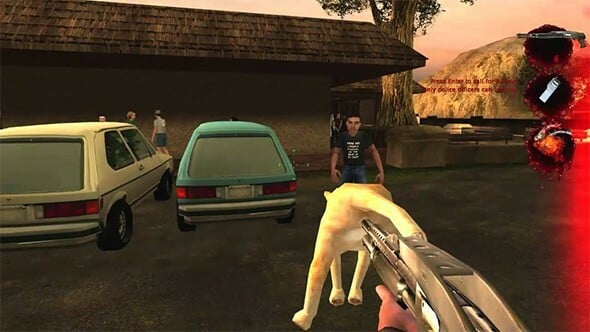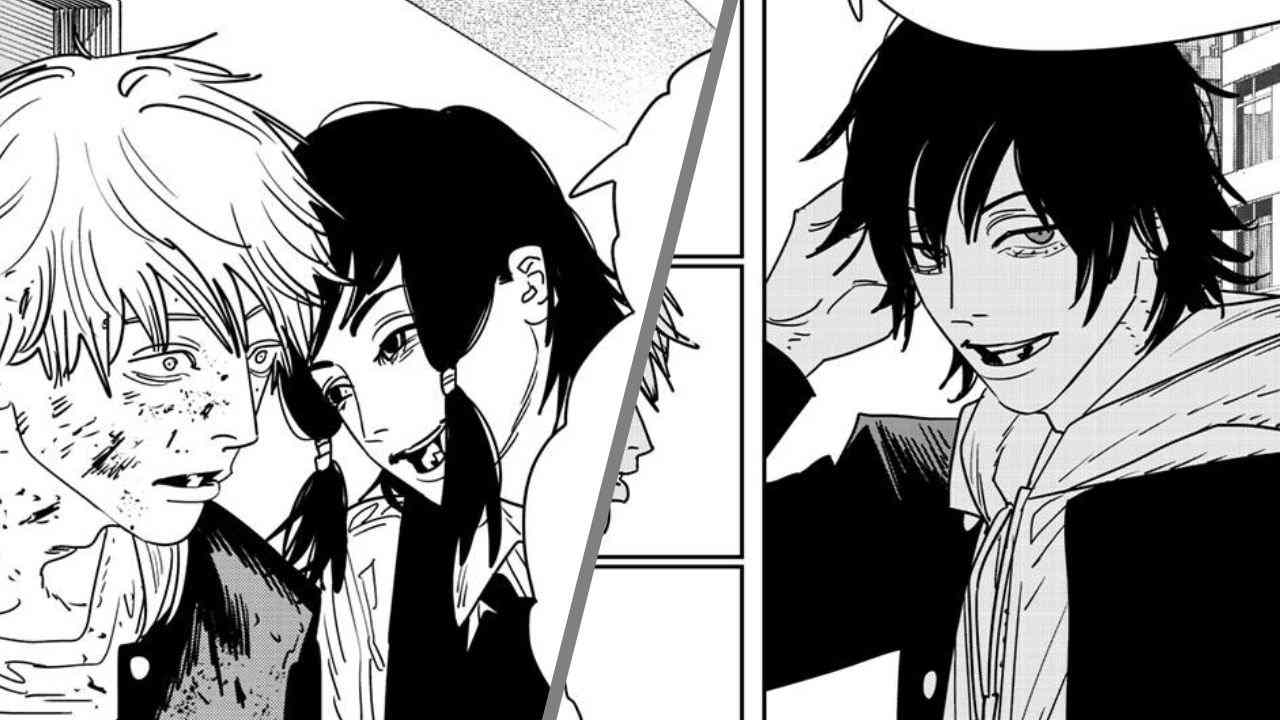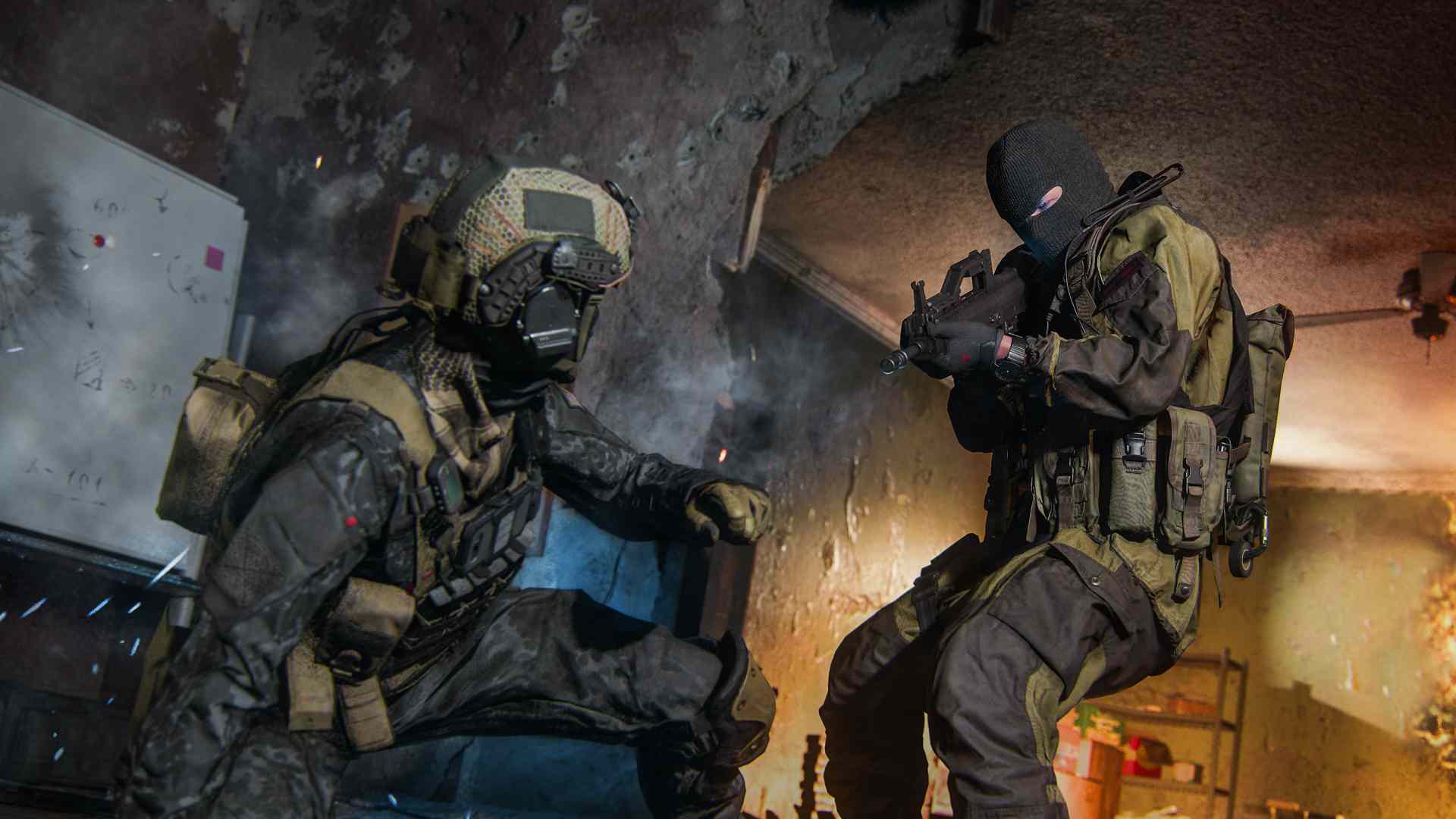Everything About The Secret Redstone Room In Minecraft’s Ancient City
The hidden story associated with Minecraft, which is known for its excellent artistic expression, is a mystery trail that leads into the mysterious ancient cities that are located deep down in the dark biome. These are uncommon finds: enchanted spells, music discs, and valuable compasses that bring back your lost items.
However, one more secret lies amid all this treasure, and it refers to the Redstone room that was constructed underneath Portals’ hub, which is situated right in the heart of the old town.
Understanding the Ancient City Layout
The Deep Dark Biome contains sprawling ancient cities that are built haphazardly. Each city has its unique outlay, but they all have a large central portal structure made to strengthen the deep slab. This is preceded by a stairway leading up to an altar-like area with candles positioned thereon. The wall with the trench-like channel surrounds the portal. The cardinal-direction tunnels lead out of the chamber.
The portal structure, which houses the secret redestone room, has to be uncovered by revealing this layout. It consists of several chambers where a player learns one thing or another on Redstone.
Locating the Secret Redstone Door
While entering through the gate, which is by the altar, the player has to “sink” into the trench between the walls. The secret door is placed right below the portal’s centre, under the bridge to the altar, with an indented area visible on the wall. It is composed of three block-wide and two block-high doors with a centre two-block pillar that does not open.
Opening the Secret Redstone Door
This presents a problem when attempting to open the hidden door. Three types of arrangements for the Redstone room are available. All have different door-control mechanisms despite having the same portal shape.
Mechanism One: Sculk Sensor and Wool Occlusion
The mechanism involves the use of a drowned sculk sensor to suppress any sound. You should make a sound only above the open patch near the Sculk Sensor. To open the lock, players can stand in front of the raised section on their left, near the altar, and jump repeatedly until the pistons start pushing.
The fourth is a Redstone lamp that activates when placed on or near another solid block. It has an attached lever and pulse extender to allow persistent door openings from within and show all the lights are working.
Mechanism Two: Comparator and Furnace
This mechanism seeks to do more, and as such, it is more elaborate for learners to understand comparators. This system comprises a comparator circuit, a furnace half-filled, and a Sculk sensor. To get the correct intensity of signals and open up the door, players must produce sufficient vibration. This can be achieved practically by eating, which produces vibrations.
The subtraction comparator circuit is part of the whole circuit, which opens the door upon receiving the exact signal intensity. A pulse chain with a row of lamps, just like mechanism 1, demonstrates the process.
Mechanism Three: Redundant T-Flip Circuit
A toggle flip-flop circuit is brought about by this mechanism, which changes a transient pulse into a permanent signal. A pulse opens the door, and it stays open until the next pulse. Just like the first mechanism, a wool-obstructed Sculk sensor is activated by noise, which entails hopping onto the altar’s left-hand side.
However, the “skeleton key” for all three mechanisms happens when one eats in a particular spot on the altar, which is, interestingly, universal.
Exploring the Redstone Room
The secret door leads to several rooms that are intended for instruction and testing of the Redstone logic.
Room One: Lectern and Comparator Circuit
It has a table with a connector for a comparator and a lamp. The comparator proves its capability of taking outputs from different blocks since the signal is not constant and will depend on a chapter of the open book.
Room Two: Redstone Circuit with a Block Target
The functional nature of the target blocks is demonstrated by a target block, a sticky piston, and a redstone block. This is one way of demonstrating that Redstone blocks are transmissible power sources and improving the player’s comprehension of the Redstone mechanism.
Room Three: Transparency Circuit
In the last room, there is transparency as an essential principle. Two repeaters linked to wool and glass blocks receive a supply of energy from one Redstone block. In comparison, the unlit lamp in the glass circuit is differentiated from the electric one (lamp) in the wool circuit. This manifests that you can transmit redstone messages through solid blocks, whereas transparent ones, such as glass, do not.
Navigating the Variants
Any one of the three mechanisms can be experienced by players due to the uncertainty involved in Redstone generation. All the versions work out with the “skeleton key” method, which is eating in a specified place on the altar. Thus, this removes the task of identifying the exact mechanism, which saves time for avid adventurers.
More than just the excitement involved in discovery, the complex machinery that is set up and the educational circuits will be very useful to any player willing to learn about Redstone mechanics.
In this case, players have a choice of simplicity with mechanism one, puzzle-likeness with mechanism two, and permanence with mechanism three, which will increase knowledge of Redstone usage and plunge into the ancient city myths and mysteries in Minecraft. Therefore, sharpen your pickaxe, delve into the depths, and reveal the mysteries buried underneath the surface of this fascinating sandbox realm.






